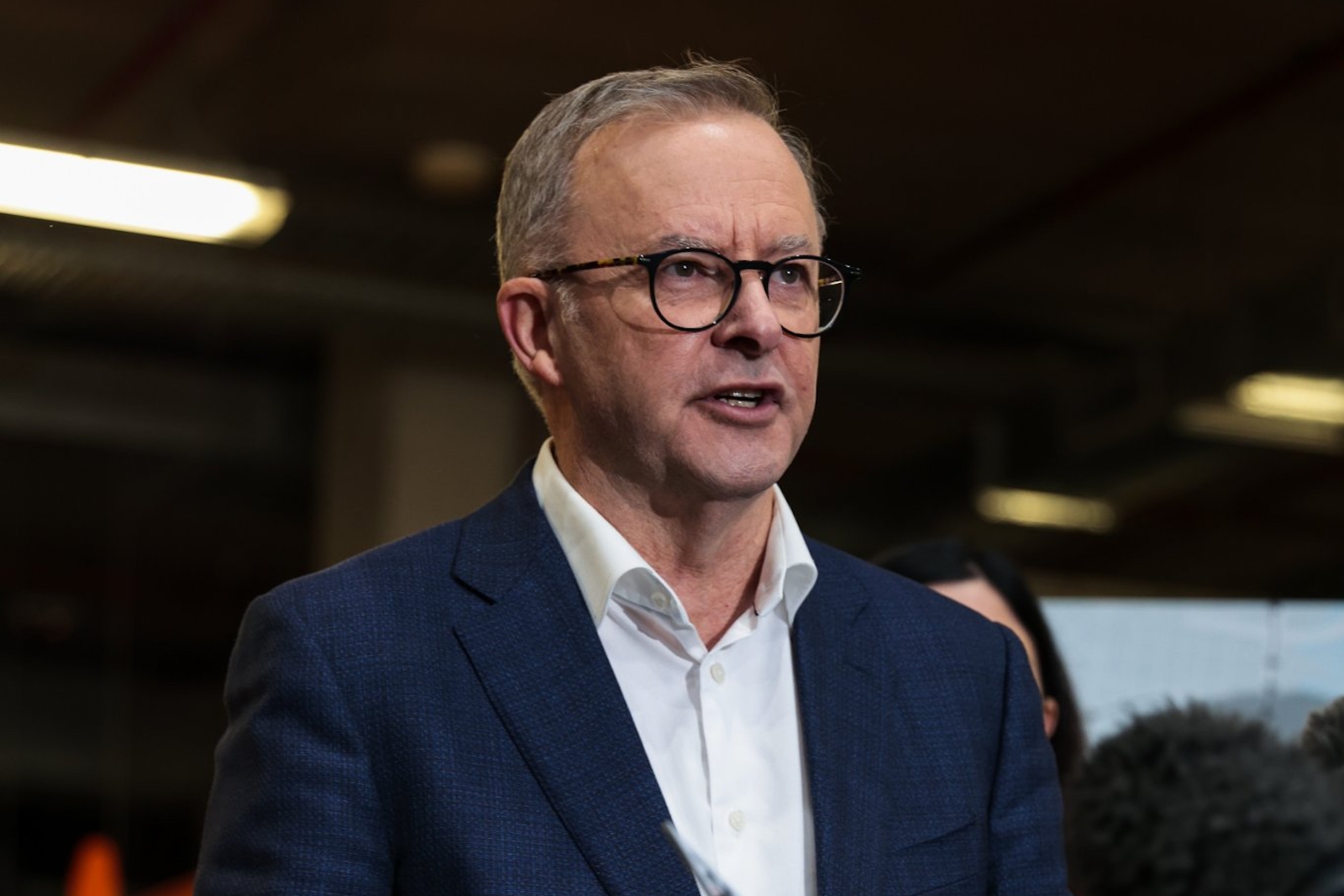
The Great Teal Tsunami: Arise Australia’s Independents
Rarely in Australian history has a governing party suffered such a loss in the face of an opponent unable to claim complete victory. It said much about the disillusionment, and plain disgust, from that nebulous centre of the country’s politics. That centre roared on May 21, consuming sitting government members and inflicting a bloody reckoning.
That reckoning was made in traditional inner-city seats that have never known anyone other than conservative members. It was part of a “teal” electoral tsunami, comprising candidates who would not necessarily wish to vote for Labor or the Greens, but who had found the Liberal National government of Scott Morrison impossible to stomach on matters ranging from gender equality to climate change.
In the Melbourne seat of Goldstein, held by the Liberal Party’s Tim Wilson, former ABC journalist Zoe Wilson stormed through. It was a showing most fitting: the electorate is named after Vera Goldstein, feminist and women’s rights campaigner who, in 1903, was the first woman to stand for election in a national parliament. “She ran as an independent several times,” Wilson said in a telling reminder, “because she was so independent that she couldn’t bring herself to run for either of the major parties.”
In the same city, the treasurer, Josh Frydenberg, was overwhelmed by Dr. Monique Ryan in Kooyong. (Postal votes are currently being tallied, but it does not seem likely that Ryan will lose.) This loss for the Liberals will be keenly felt, given Frydenberg’s leadership aspirations.
The story was repeated in Sydney, with the same narrative directed like a dagger at the Morrison government: You, fossil fuel devotees, mocked climate change, disregarded gender equality, and sneered at policing corruption in federal politics. Wentworth went to businesswoman Allegra Spender, who had, during the course of her campaign, managed to assemble an army of 1,200 volunteers.
Spender’s team, comprising a number of company directors, many women, is a revealing sign that movements can take root in the arid soil of caution that is Australian politics. “You said you were standing for the community, not the party,” she told supporters, “for taking responsibility, not blaming, for compassion, not division, and for the future, not the past.”
In the seat of North Sydney, held by the mild-mannered Liberal Trent Zimmerman, a victorious Kylea Tink reiterated the laundry list of issues that had motivated the teal revolution. “The majority of things for me,” she told Crikey, “are climate action, integrity, and addressing inequality.”
The victory of the various independents was the Liberal Party’s version of the Trojan Horse, one that had found itself parked in their heartland seats and released on election night. It was a triumph of community organisation, not rusted party politics, despite Wilson’s fulminations about sinister external forces at work. It was the apotheosis of a movement that began with Cathy McGowan, the Victorian independent who won the rural seat of Indi in 2013.
This was also an election which delivered the highest Greens vote ever. Queensland, almost always the deciding state, may well furnish two, possibly three Greens members in the House of Representatives. The Greens leader, Adam Bandt, put much of it down to the turbulent, vicious weather of recent times. “We’ve just had three years of droughts and then fires and then floods and then floods again and people can see that this is happening.”
Remarkably for the group, they managed to win the Liberal-held seat of Ryan in the process. They are also on the hunt in the Labor-held Melbourne seat of Macnamara. “We are now on planet Greensland,” exclaimed the Greens candidate Elizabeth Watson-Brown on realising her triumph in Ryan, “and we are taking it forward.”
While the Labor opposition have good reason to cheer the prospect of forming a government in almost a decade, other facts are impossible to ignore. The Greens continued their now established historical trend of eating away at Labor’s vote in inner suburban areas, notably in Queensland.
Across several states, the party actually suffered, along with the Liberal National coalition, a precipitous fall in the primary vote. To form a government on such a low primary return is staggering and says much about the loss of appeal of the established parties. “It would be an unusual win for Labor,” noted a sour editorial from the Australian Financial Review, “with no grand policy ambitions or sweeping difference from the incumbent Coalition government.” Only Western Australia, keen to punish the Morrison government, arrested that tendency, and may end up giving Anthony Albanese a majority.
Labor also bungled in the previously safely held southwest Sydney seat of Fowler, where Kristina Keneally, who had only lived in the electorate for a brief spell, missed out to local grassroots independent, Dai Le. The swing of almost 18 percent away from Labor shows that Keneally, when she suffers defeat, does so in a grandly catastrophic fashion. The story of this debacle is also salutary to major parties who parachute heavy-weight politicians into seats as part of party and personal ambition, rather than the interests of voters.
While the bruised LNP will lick their wounds and rue their ignorance of the community movement that gathered pace under their noses, Australia’s major parties will have to consider a new phenomenon: the non-career parliamentarian, one who enters parliament, not for party allegiance and faction but for voter representation and change. For the Westminster model of government, this is indeed a stunning novelty.
